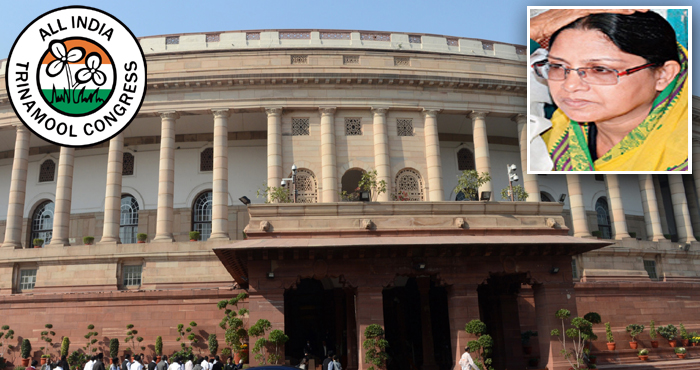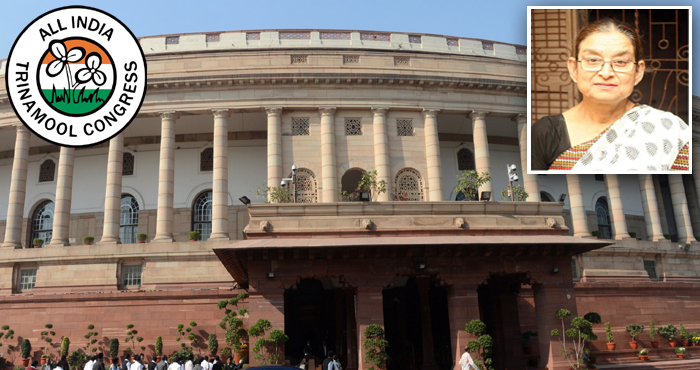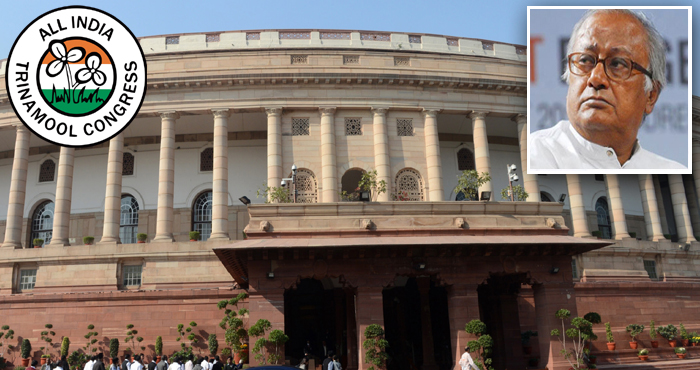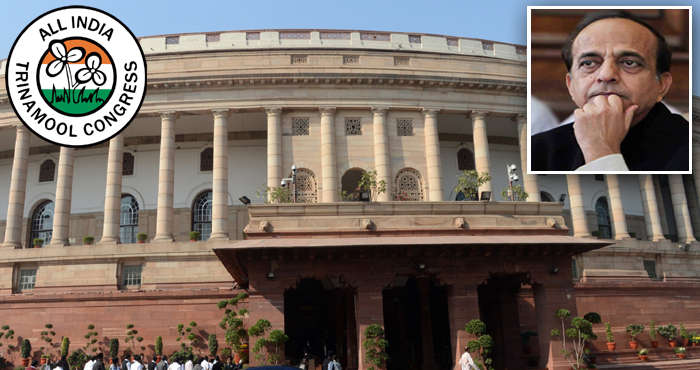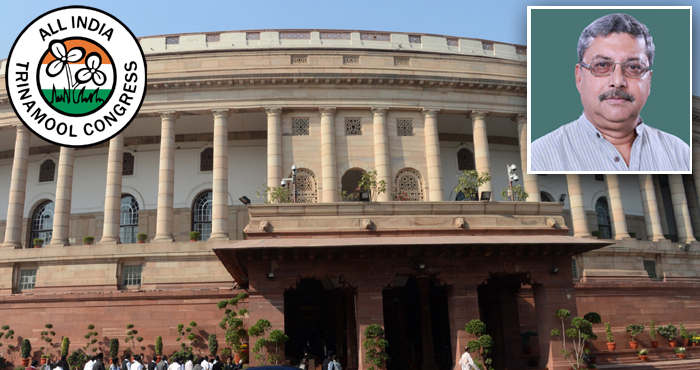FULL TRANSCRIPT
Sir, I rise to speak on the Banking Regulation Amendment. I have given a notice opposing the introduction of this Bill and I had also given a Statutory Regulation against the Ordinance. Why had I opposed the introduction? I had said that this is not a necessary Bill. Nor was there any hurry in issuing an Ordinance. I shall substantiate my points with what I had said at that time.
Per se, the Bill may not be bad. But I will show that this Bill is unnecessary under existing laws. The Government could have taken steps against NPAs. There is no doubt that the problem of NPA has reached heights from which Government will find it very difficult to extricate itself. The total assets of the State in terms of gross NPAs and restructured standard advances of scheduled commercial banks was Rs 9.64 lakh crore on December 31, 2016. Share Rs 9 lakh crore se zyada hain. And if you really look at the total NPAs during financial year 2016 for public sector banks, which was 9.83 per cent of gross advances, or almost 10 per cent of advances to the public sector banks, measures seem to have been taken.
But, as a Member correctly pointed out, what was the Government doing for three years as the NPA rose? And we will talk about Vijay Mallya. I will give you the names of 12 top NPA people, the total ‘toxic’ 12. The total NPA amount is Rs 7.7 lakh crore. Which are the big companies? Bhushan Steel has NPAs of Rs 44,000 crore, then there are Lanco Infratech, Essar Steel, Bhushan Power and Steel, Alok Industries, Amtek Auto, Monnet Ispat, Electrosteel Steel, Era Infra Engineering, Jaypee Infratech, ABG Shipyard and Jyoti Structures. The total NPAs of just 12 companies amounts to Rs 2,53,729 crore. It is these 12 companies against whom action has been taken under the Insolvency and Bankruptcy Code. But unfortunately this has the possibility of getting stuck in court because there is already one case in Ahmedabad High Court. So whether this will really sort out the problem, I am not too sure. That’s why I am saying that the Government had several instruments in its hand for three years, even before this law was enacted. It had both legal and non-legislative loan recovery options. It could have done loan restructuring, corporate debt restructuring, joint lenders’ forum, five-is-to-twenty-five scheme, strategic debt restructuring or sustainable structuring of State assets. These are the non-legislative ways open to the banks.
The other thing is, there is already DRT – for recovery of debts due to banks and financial institutions. There was a surface act under which asset reconstruction companies could have taken over assets. And then in 2016, we had the Insolvency and Bankruptcy Code. The Insolvency and Bankruptcy Code is a good law.
Now, this Ordinance or the Bill – what new thing do they bring? That the Reserve Bank may issue directions to a bank to go for insolvency proceedings. Now what does the Insolvency Law say? You first appoint an insolvency professional, then he forms a lenders/creditors’ committee, and then the creditors’ committee gets together and takes a decision on the bank. The ultimate arbiter is the National Company Law Tribunal. So this is the procedure; and the advantage of the Insolvency Code is that you have to settle the matter within 180 days. So it is a time-bound resolution of the problem of insolvency. But the Government hurried with this law for these 12 companies whose name the Reserve Bank did not disclose. I have got it from the internet.
However, the main question remains – is the Reserve Bank an appropriate authority? I am totally against the Reserve Bank of recent times, post-Raghuram Rajan, because this is the Reserve Bank which, till date, has not been able to count the notes which were deposited during demonetisation. So why should we have confidence in such a Reserve Bank? Our Standing Committee has repeatedly asked the Reserve Bank Governor – why don’t you say how much money has come in? My information is that they are still counting; they say they have to bring in machines from abroad. This Reserve Bank is totally inefficient and incapable. Nobody knows how much money has been deposited. And abiut the story of demonetisation – the balloon will be punctured when it will become known.
Now, the whole banking system, as our Chairman of the Standing Committee, Veerappa Moily says, is facing a collapse. The Government is trying to clutch at straws, and one straw is this Ordinance.
Now, I want to ask various questions. Currently, under Section 35A, the Reserve Bank may issue directions to banks on grounds of public interest and in the interest of banking policy. This ordinance gives the RBI additional power to direct banks to initiate recovery proceedings. So when already the RBI has the power to issue directions, why do you need the Ordinance?
The second question is, the majority of NPAs, 88 per cent of the NPAs, are in public sector banks. Mind you, the private sector banks like HDFC, ICICI, do not have such large NPAs. So the Government could have itself issued directions instead of asking the useless RBI to issue directions, since the Government owns all these.
My next question. As a banking regulator, the RBI is supposed to look after the macro-economic picture. It, as a regulator, is responsible for maintaining the financial stability while banks have the flexibility to make business decisions. Say, you have to settle a loan, and so, you have to take a haircut. Now the banks will not take the decision. They will say that let the RBI tell you then you have to take a haircut and settle the matter; so the whole thing will be delayed.
The appropriateness of the RBI directing Banks on the issue of default, which is a business decision, needs to be examined. Why not leave the banks to their own things?
Currently, banks face certain challenges as part of the recovery proceedings, such as the lack of incentives among public sector bankers to recognise losses, the fear of investigation in the case of low recoveries, insufficient capital to absorb the losses.
Everybody has mentioned that banks do not have the capital according to banking norms.
I have already said that I have given a statutory resolution, have opposed the introduction of the Bill and have called this an unnecessary Bill. With that I would rather say that I would expect the Bill, but if you accept Supriya Sule’s Amendment. She has said that this decision about going for insolvency and bankruptcy procedures should be left to the banks themselves. Please accept that, and then I will support the Bill.


